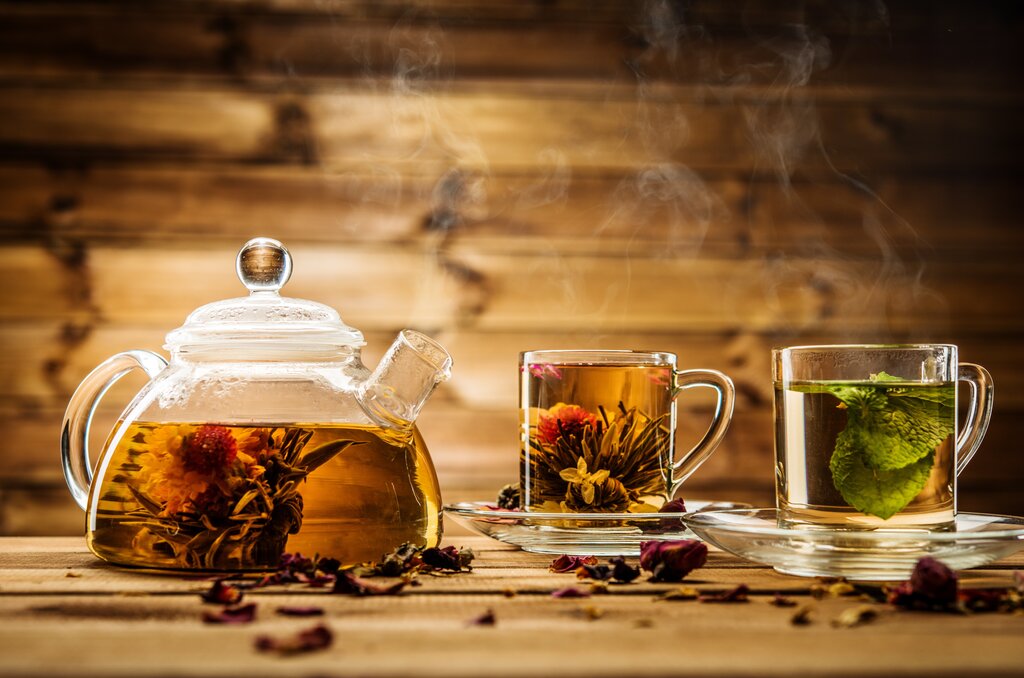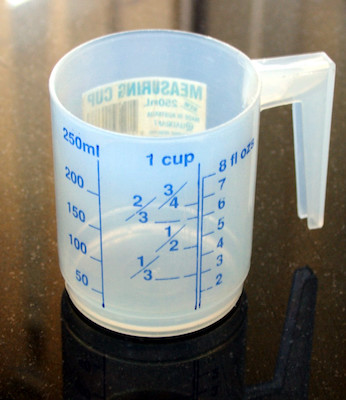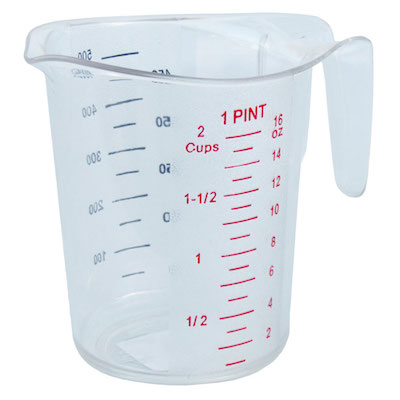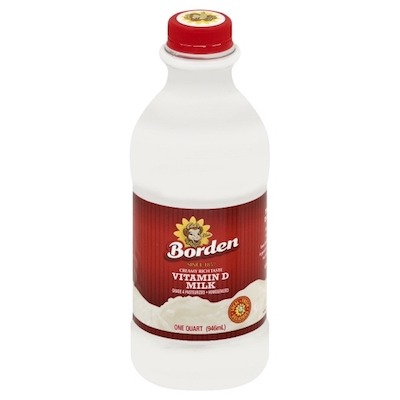What are the advantages of drinking tea?
Throughout the world, people have been drinking tea for thousands of centuries, and for good reason. Multiple studies have indicated that various types of teas may fight off inflammation, boost your immune system, and even ward off heart disease and cancer.
There is plenty of proof that regularly drinking tea can have a lasting impact on your wellness, while some brews provide more health benefits than others.
In this article, we will share some of the most significant benefits hidden in the world’s popular teas.
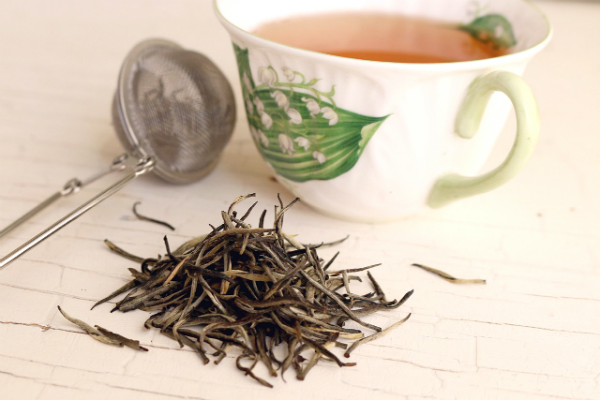
If you want to know how many ml is a tablespoon click here
1. White Tea
White tea comes from the Camellia sinensis plant that’s native to India and China and it is known to have a soothing flavor, this tea is the least processed tea sort.
It is probably the most effective among teas in fighting different forms of cancer thanks to its high level of antioxidants as research shows. Since white tea contains a high source of fluoride, tannins, and catechins that can strengthen teeth, fight plaque, and make them more immune to sugar and acid, then it may be good for your teeth.
White tea is a smart choice for tea drinkers who want to limit or evade their caffeine consumption because this variety offers the least amount of caffeine.
2. Herbal Tea
These teas are very similar to white teas, though they include a blend of herbs, spices, fruits, or other plants in addition to tea leaves. Herbal teas are sometimes called tisanes. These teas are known for their calming properties because they do not contain caffeine.
There are multiple kinds of herbal teas, all with their individual benefits. Below you will find some of the most popular herbal teas:
– Chamomile tea helps to ease muscle spasms and menstrual pain, improve sleep, reduce stress;
– Rooibos tea enhances blood pressure and circulation, lowers cholesterol while boosting good cholesterol, keeps skin healthy and hair strong, and helps to get relief from allergies;
– Peppermint teas can serve as a cure for constipation, irritable bowel syndrome, and motion sickness because it contains menthol, which can soothe an upset stomach. Peppermint tea can relieve pain from migraines and tension headaches;
– Ginger tea helps to relieve joint pain caused by osteoarthritis, it can be used to treat chronic indigestion and it can help to fight against morning sickness;
– Hibiscus tea improves overall liver health, lowers blood pressure and fat levels, it may prevent the formation of kidney stones and it can stave off cravings for unhealthy sweets.
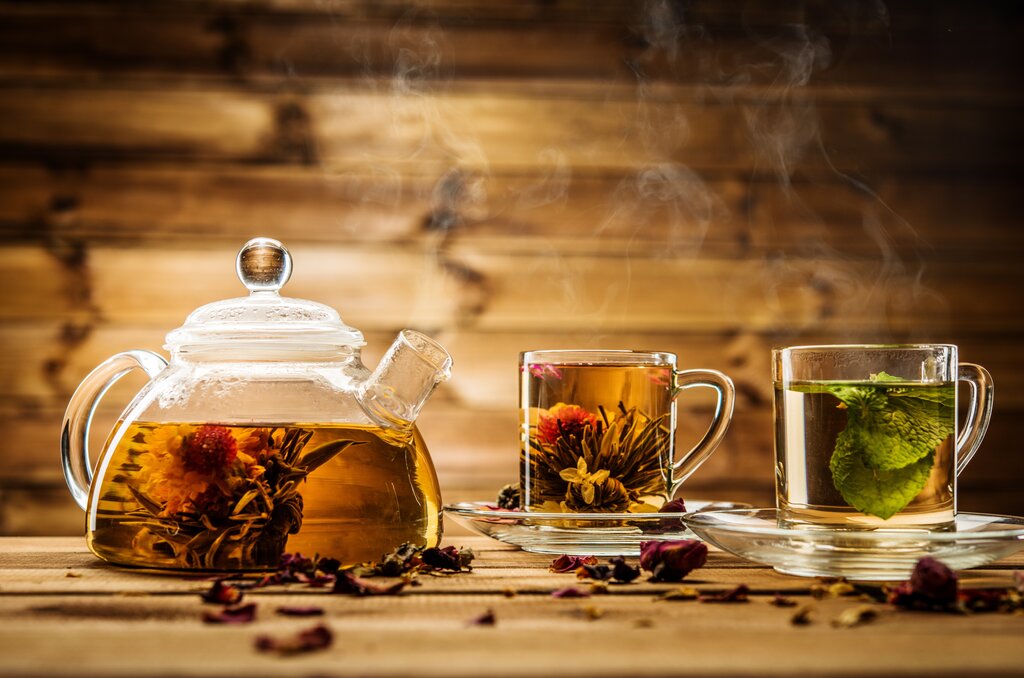
Click here to find out how many milliliters are in a liter
3. Green Tea
Green tea originates from Japan, where the leaves are more commonly steamed, and China, where the leaves are processed with heat utilizing a roasting or pan-firing method.
Green tea is extremely high in flavonoids that can help increase your heart health by reducing bad cholesterol and diminishing blood clotting. This kind of tea can also help lower blood pressure, triglycerides, and total cholesterol as studies show
According to research green tea has a possible impact on breast, colorectal, liver, and prostate cancers. This tea can help maintain your skin clear and glowing thanks to its anti-inflammatory feature.
In current years, a form of green tea called “matcha” has grown in popularity. Matcha tea is a very high-quality green tea powder that is made from the whole leaves of tea bushes grown in the shade. Matcha holds even more antioxidants than regular green tea since it’s the only form of tea in which the leaves are consumed. In particular, some tea experts suggest that a single cup of matcha is equivalent to 10 cups of standard green tea.
4. Black Tea
Black tea is made from the same plant that’s utilized to make green tea – from the leaves of the Camellia sinensis plant. Black tea has a darker color and richer flavor because its leaves are dried and fermented.
Black tea is caffeinated unlike many other varieties, so it’s essential to monitor your consumption. So, you benefit from flavonoids that combat inflammation and support healthy immune function when you do pour yourself a cup of black tea.
In order to benefit from its healthy properties, you do not have to only drink black tea. You can steam it then cool it and then press it on small bruises, cuts, and scrapes, for pain relief, and swelling reduction. This type of tea can also reduce inflammation induced by the conditions such as poison ivy and also skin rashes.
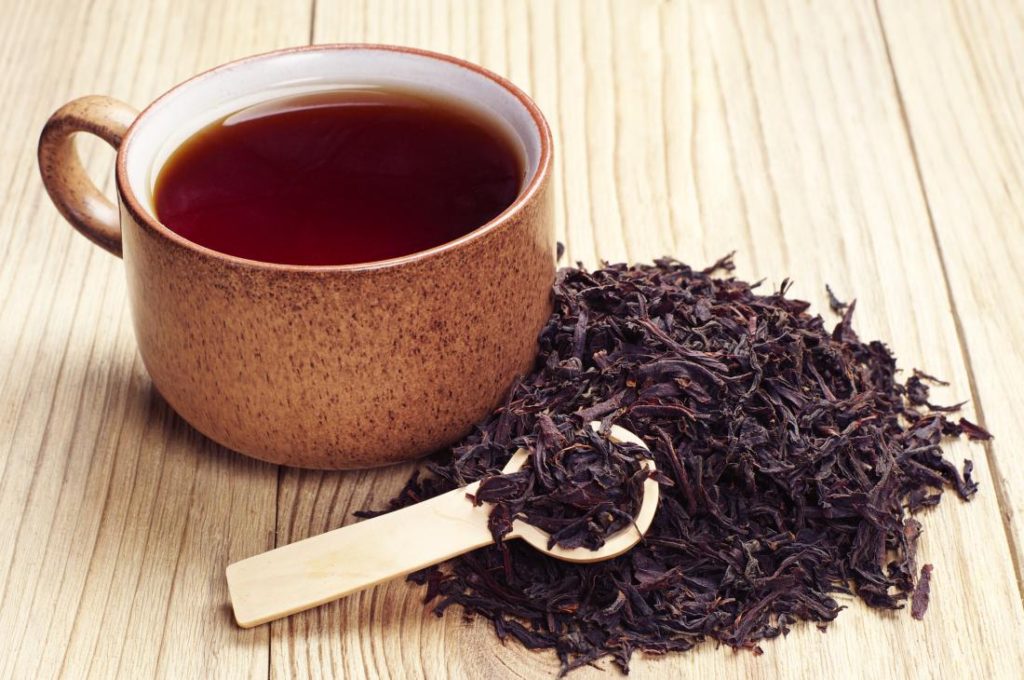
5. Oolong Tea
From the same plant utilized to make green and black teas, a traditional Chinese tea variety called Oolong is made. Processing of this tea differs from the processing of green and black teas. For instance, it is not allowed to oxidize much, while black tea is allowed to oxidize until it turns black. Somewhere in between the two is Oolong tea, because it is partially oxidized. For oolong tea’s color and characteristic taste, a partial oxidation process is responsible.
Oolong tea reduces anxiety and increases alertness and attention because it contains l-theanine, an amino acid. L-theanine can help avert cognitive diseases such as Parkinson’s and Alzheimer’s diseases as scientists have found.
Oolong tea is thought to have the ability to lower inflammation, prevent the growth of cancers, and decrease type 2 diabetes risk because it is high in polyphenols and the latter is linked to preventing the above diseases.
Which Teas Should You Avoid?
Although the majority of teas are healthful, you may want to find out which teas exactly should be avoided. These are:
– Detox teas often come laced with laxatives that can be harmful to your health, because they are made for fad diets that suggest you will quickly lose weight;
– Fancy tea – while some of these drinks that can be found in your local chain store, e.g: a green tea latte, may seem healthy, but it is packed with sugar;
– Trendy bubble teas have little to no nutritional value and are also packed with sugar, calories, and carbs;
– Herbal teas – many herbal teas include various kinds of herbs, fruits, spices, and flowers that some individuals are allergic to. Always read the ingredients on the package before you consume a new herbal tea if you have allergies.
If you want to know how many grams are in an ounce click here
